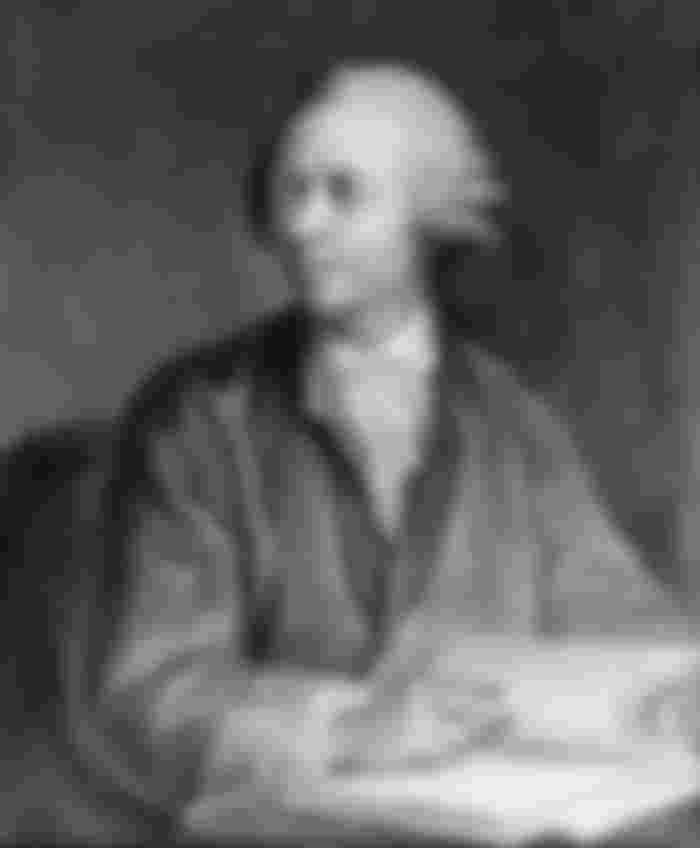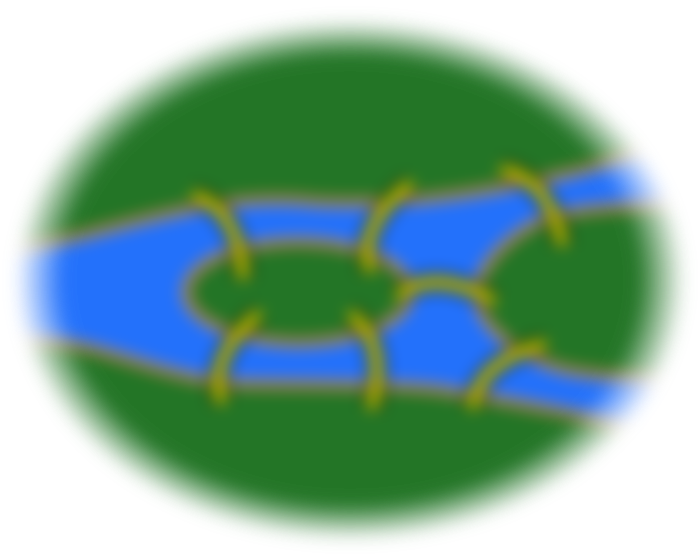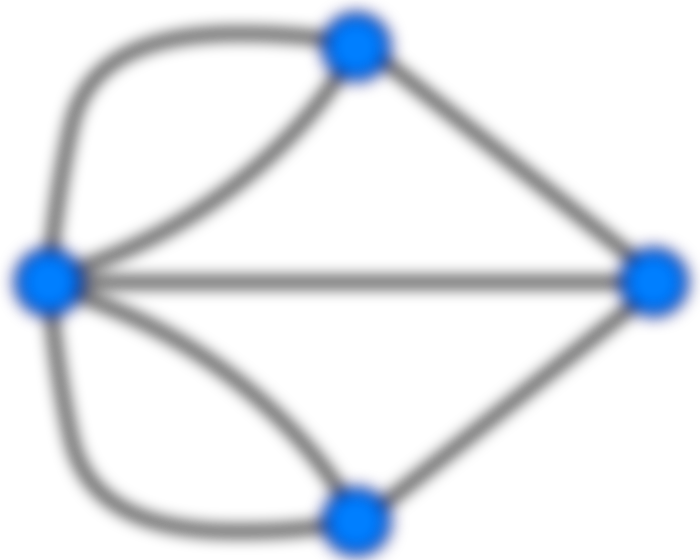In the extreme west of the Russian Federation, as the main and largest center of the Kaliningrad region, is located Königsberg, today's Kaliningrad. The city is located on the tributaries of the river Pregl. It extends to include two islands. In order to connect all parts of the city, seven bridges were built. The citizens of Königsberg come up with the idea to cross all 7 bridges one after the other. That would not be a problem if their intention was not to be able to go through each one only once. That's where the problem arises. No one managed to cross the bridges in the stated way, their mission was almost impossible.

Königsberg was the name for the historic Prussian city that is now Kaliningrad, Russia. Originally a Sambian or Old Prussian settlement, it then belonged to the State of the Teutonic Order, the Duchy of Prussia, the Kingdom of Prussia, the German Empire, the Weimar Republic, and Nazi Germany
The Swiss mathematician Leonard Euler (1676-1755) found out about this problem, who, along with Newton, Gauss and Archimedes, is considered one of the greatest and most productive mathematicians of all time. In 1736, Euler wrote to the Italian mathematician Marinoni, describing the problem in detail and giving his precise explanation and solution. Euler proves that it is impossible to cross all the bridges of Kaliningrad in that way.
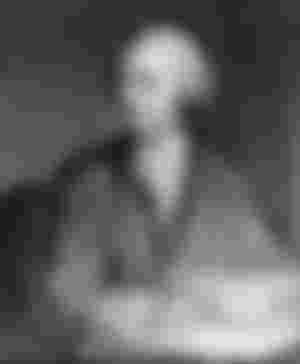
He presented a map of bridges where he presented the mainland as nodes of graphs, and bridges as branches between them. He concluded that there is no solution, that is, that it is not possible to cross bridges in this way. The reason was that the graph must have zero or two pairs of even degree (number of branches entering or leaving the node).His work on solving the most famous mathematical problem in history, the famous Seven Bridges of Königsberg, led to the discovery of a new mathematical discipline, Graph Theory.

Graph theory is a field of mathematics, very common in computer science, whose field is the research of graph properties. Informally speaking, graphs are composed of points, ie nodes (vertices), and lines between them, ie branches.
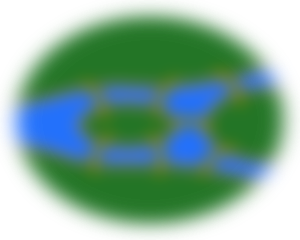
It is very common to use graphs to describe models or data structures. The structure of a web presentation can be presented pictorially using graphs. The nodes of that graph are individual pages and the branches of the graph are connections that can be used to move from one page to another.

The study of algorithms that solve problems using graphs is a very important part of computer science. Networks have many applications in the study of practical aspects of graph theory and this is called network analysis. Network analysis is especially important for the problems of modeling and analyzing network traffic, say the Internet.Graph theory is widely used today in many scientific disciplines, not only in mathematics.
In 1852, Francis Guthrie exposed the problem of four colors, which raises the question of whether it is possible to color countries on a geographical map with only four colors, without the appearance of two neighboring countries colored with the same color.

This problem was solved only in 1976 by Kenneth Appel and Wolfgang Hecken, but the formulation of this problem is considered the birth of graph theory. During the attempt to solve this problem, many theorems were discovered and many theoretical concepts were set.

Source History of Mathematics, images downloaded from Google

